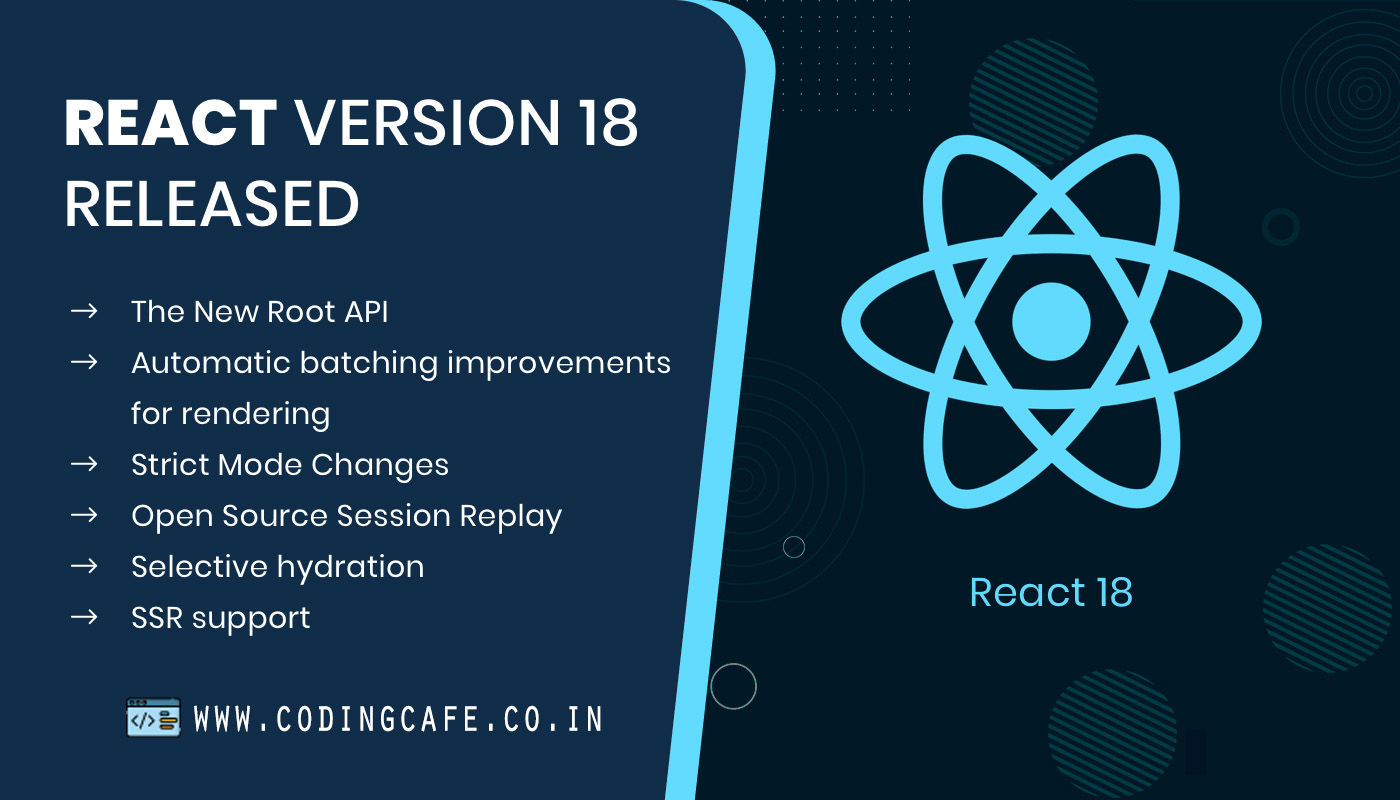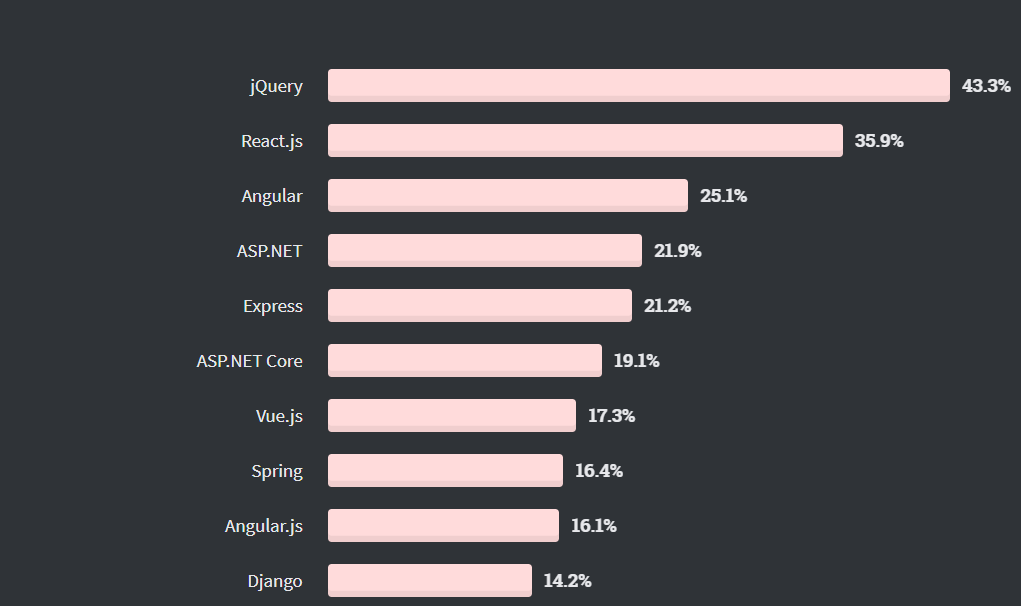React 18: What new features are expected? Concurrent rendering & more
By Gyanendra Kumar Knojiya
Sep 23, 2021 6:49 PM

React JS remains one of the most popular front-end technologies, because of its simplicity and flexibility achieved through long-established development choices. React JS v17 didn't bring too many changes, but it made it easier to update React within the future by attaching event handlers to the basis DOM container rather than at the top of the DOM, With that gradual upgrade process in place, the upcoming version 18 can bring out a lot more of the new features React users are waiting for.
Did you recognize that React is already 7 years old ? During this time, React has become one of the most successful web technologies. With each release, its popularity reached a new record figure. In fact, consistent with the newest Stack Overflow 2020 survey, React is that the most in-use frontend development framework among developers (only behind the jQuery library, but before all full-fledged frontend development frameworks).

What’s coming in React 18:
When it’s released, React 18 will include out-of-the-box improvements (like automatic batching), new APIs (like start transition), and a replacement streaming server renderer with built-in support for React.lazy.
These features are possible because of a replacement opt-in mechanism. It’s called “concurrent rendering” and it lets React prepare multiple versions of the UI at an equivalent time. This change is usually behind the scenes, but it unlocks new possibilities to enhance both the important and perceived performance of your app.
You might have heard of something called “concurrent mode” or that it'd break your app. React JS has redesigned the upgrade strategy for gradual adoption. Instead of an all-or-nothing “mode”, concurrent rendering will only be enabled for updates triggered by one among the new features. In practice, this means you will be able to adopt React 18 without rewrites and try the new features at your own pace.
Why is React so popular?
Such popularity is typically attributed to the features that made React development stand out from the gang – its powerful data binding, component-based nature of the virtual Document Object Model. They have all are the essence of React-based frontend development since the start .
It does not mean that devs are not looking forward to some new React features. However, in React JS v17, the developers behind the popular framework decided to keep things as they are. First of all, let’s explain why the React team proudly announced that React 17 has “no new features”. How are some things so unusual within the world of software development an honest thing? or maybe it's some quiet joke?
React 18 coming soon
The team behind React has already established an Alpha version, so anyone can try it out. A working group was set up to prepare the community for what’s coming. Following the scalability-focused version 17 described above, it’s another stage of transitioning to the somewhat more feature-filled version 18 easier.
React users can expect tons of latest stuff, including (but not limited to):
- out-of-the-box improvements (including automatic bathing),
- new streaming server renderer with built-in support for React.lazy,
- other concurrent features such as start transition, useDeferredValue,
- new root API.
- However, the most important, new addition in React 18 seems to be the concurrent rendering and the related concurrent mode.